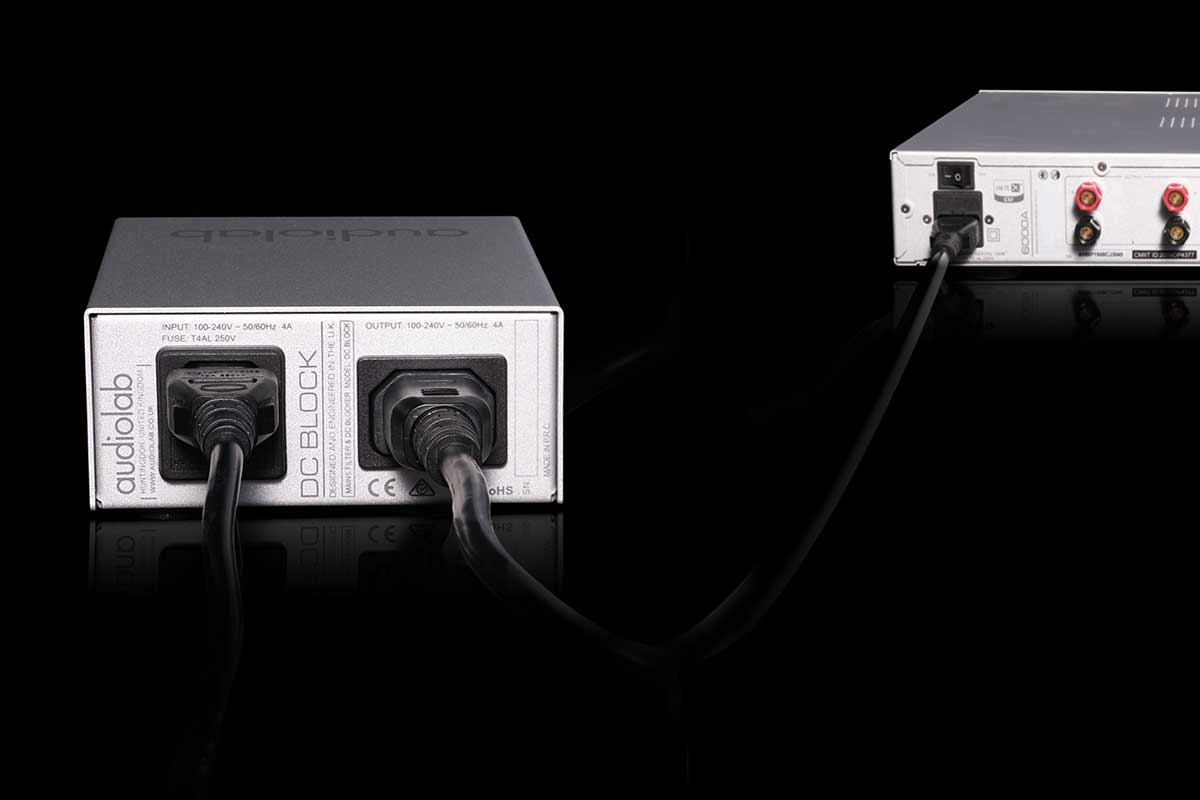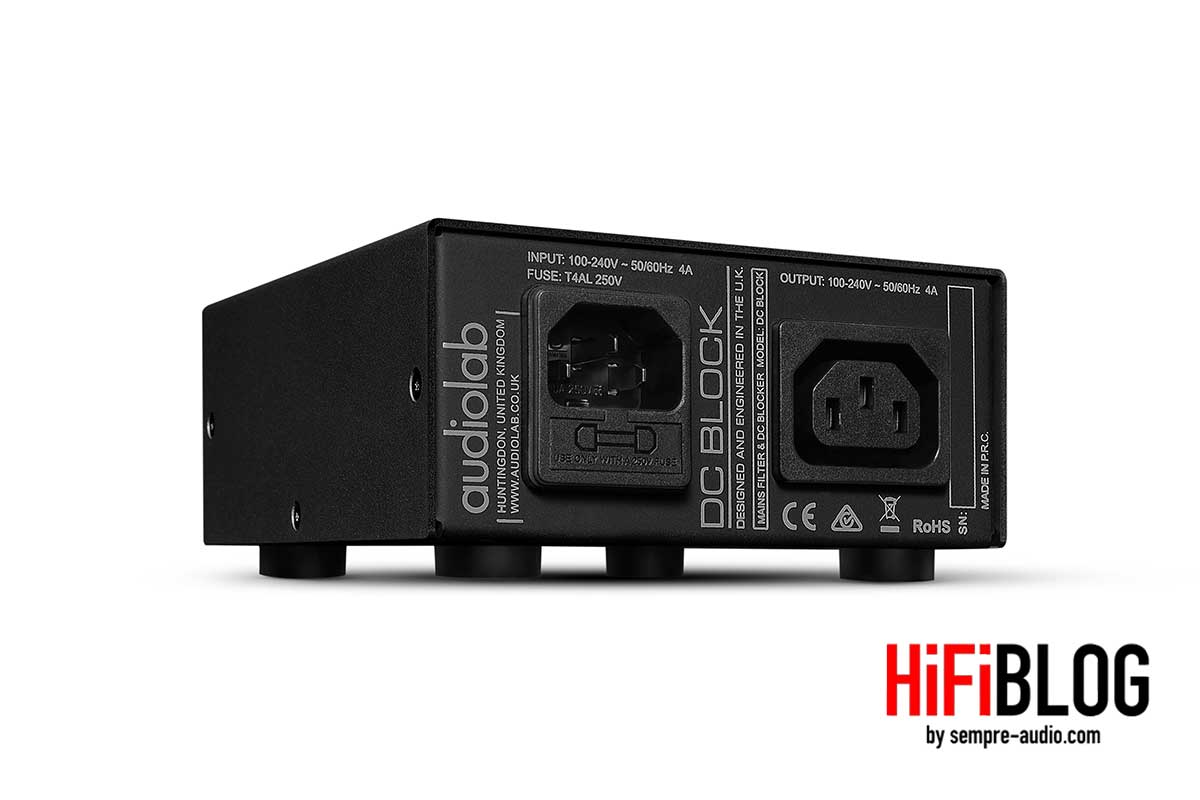
Audiolab DC Block – New line Filter
IAG Group Ltd. promotes the new Audiolab DC Block as an innovative mains filter for significantly improving the performance of audio components. It is suitable for all conceivable hi-fi components, including amplifiers.
IAG Group Ltd. describes Audiolab’s new solution, the Audiolab DC Block, as a small device with a big effect. With it, the English hi-fi manufacturer wants to create optimal conditions for almost any hi-fi component.
The task of the new Audiolab DC Block is to eliminate DC voltage components as a mains filter.
Audiolab DC Block – Small unit, big effect
The new Audiolab DC Block measures no more than 113 x 59 x 140 mm, so the manufacturer is quite right to refer to it as a small, almost inconspicuous unit that is simply integrated into the existing mains wiring.
They also emphasise that the Audiolab DC Block requires no attention, no set-up, but simply does its job in the background.
Audiolab’s approach is to solve problems directly at the source, in this case by providing clean mains power as the basis for a hi-fi chain. In concrete terms, the aim is to significantly improve the sound quality by efficiently eliminating the aforementioned DC components in the mains current.
Exact sine wave
The manufacturer states that the European power grid is defined as alternating current with a frequency of 50 Hz. This mains frequency is essential for the operation of transformers in audio equipment.
Due to more and more different types of power plants and more and more complex loads, Audiolab believes that especially the sinusoidal form of AC voltage is becoming increasingly contaminated. Non-linear loads often cause a so-called DC offset, which shifts the zero line of the sine wave. Even though these DC components are very low, usually less than 500 mV, Audiolab is convinced that they significantly affect power supplies in audio equipment.
Audiolab DC Block – New Mains Filter
Audiolab states that when a half-wave becomes larger than its opposite pole, transformers reach their power limit more quickly. In addition, the irregular sine wave leads to mechanical and electrical hum interference.
How the Audiolab DC Block works
The Audiolab DC Block removes DC voltage components and simultaneously filters high-frequency interference from the mains current. Apart from two IEC sockets for mains input and output, there are, as already described, no controls on the DC Block itself, so once again it can be stated that it simply works fully automatically.
It is also essential that the Audiolab DC Block, despite its small size, can be loaded with up to 600 VA for short periods. Audiolab guarantees that the Audiolab DC Block, with its highly efficient interference suppression circuits, produces a sound image that is completely free of artefacts, with impressive three-dimensionality and striking fine dynamics.
The new Audiolab DC Block is available immediately from specialist dealers. The recommended retail price is € 119,-. It is available in black and silver.
Getting to the point
Electricity is the basis for all components of consumer electronics. Some of them hardly react at all, others very sensitively to disturbances in the power grid, so that the use of various utensils such as the new Audiolab DC Block is advisable. The new Audiolab DC Block stands out due to its simple but, according to the manufacturer, very effective mode of operation, as well as its attractive price and very compact dimensions.
| Manufacturer: | IAG Group Ltd. |
| Distribution: | IAD Audio GmbH |
| Price: | € 119,- |















